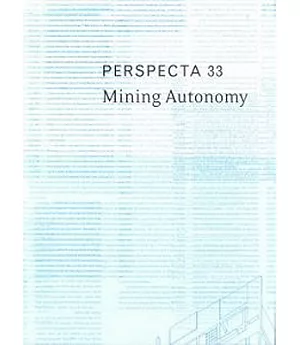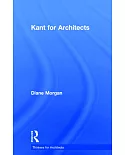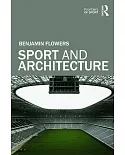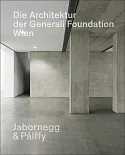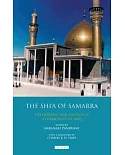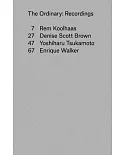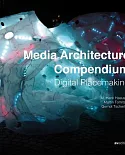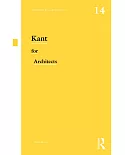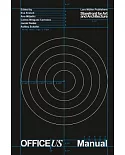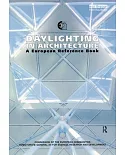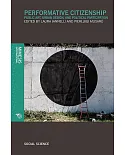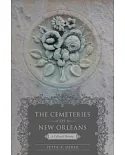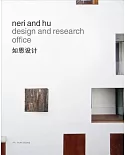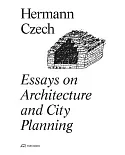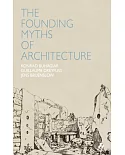Founded in 1950, Perspecta is the oldest and most distinguished of the student-edited American architectural journals. Perspecta 33 explores the concept of architectural autonomy
and its relationship to the discipline's potential as a critical agent.
The journal revisits the debate of the past thirty years over architectural autonomy--the belief that architecture is a self-contained field with its own legible, meaningful forms. It addresses
the twentieth-century lineage of autonomy from its origins in the fine arts and art history to its architectural manifestation in the 1970s--a time when the functionalist, utilitarian nature of
the modernist era led to a perceived dissolution of the discipline’s professional boundaries. From this historical understanding, the journal investigates current practice, asking whether
autonomy is still essential to the "critical project."
Perspecta 33 notes a shift in critical attention from the center of the discipline to its periphery, where architecture is able to translate intelligence from other disciplines into its
own conventions and language, as well as pass ideas and speculation into the world. New methods of architectural production (digital design, imaging, and fabrication), growing environmental
concerns, and changing ideas about domesticity and urban space suggest alternative directions for criticality.
The essays are organized in two parts: those that explicitly engage the history of architectural autonomy and those that offer alternatives or counterexamples. In addition to the articles,
there is a portfolio of contemporary projects that draw their criticality from disciplines outside architecture. Perspecta 33 also includes a work by the artist Ann Hamilton.
Articles are by Stanford Anderson, Carol Burns, Bernard Cache, Diane Ghirardo, Elizabeth Grosz, K. Michael Hays and Lauren Kogod, Neil Leach, Hashim Sarkis, Robert Somol, Michael Stanton,
Anthony Vidler, Sara Whiting, and Christopher Wood.
The editors of Perspecta 33 are graduates of The Yale School of Architecture and practicing architects.

